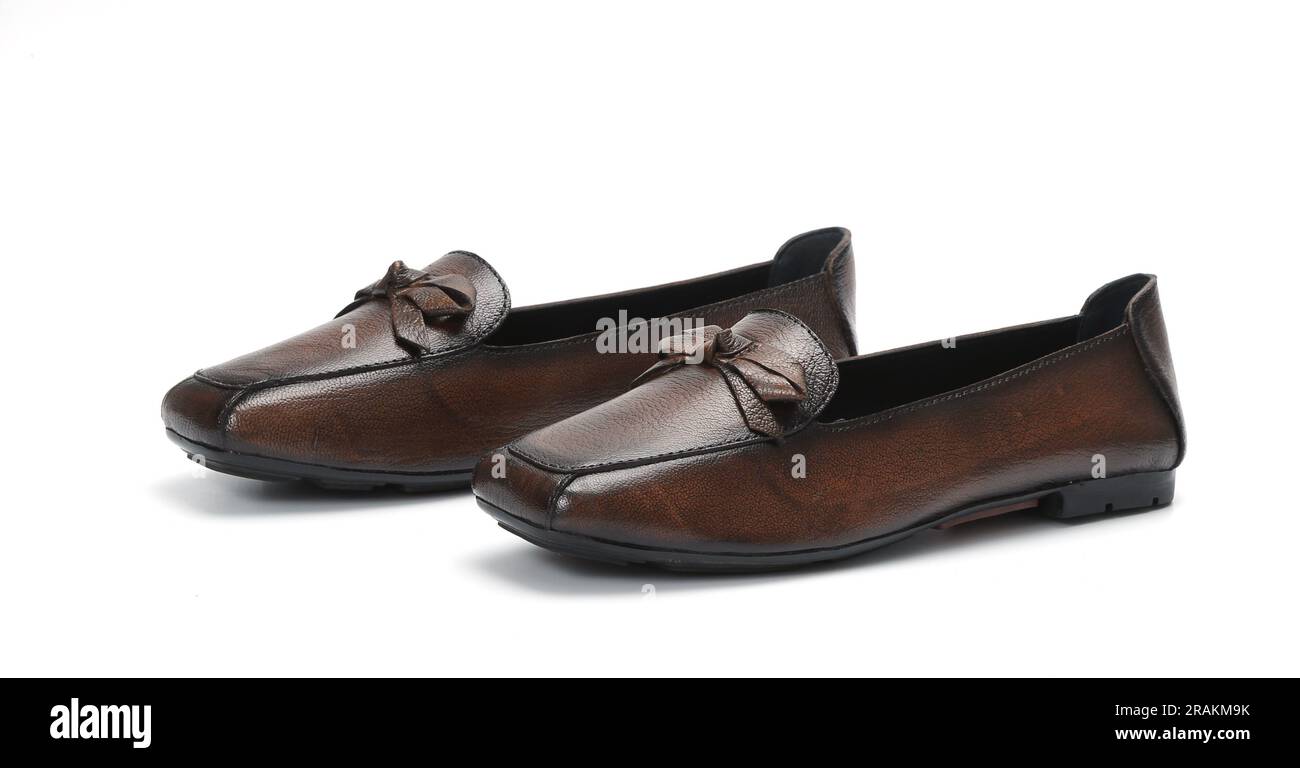5 Tips Flat Toed

Flat feet, also known as fallen arches, are a common condition where the arch of the foot collapses, causing the entire sole to come into contact with the ground. This can lead to a range of issues, including foot pain, ankle strain, and difficulties with balance and mobility. If you’re one of the many people who have flat feet, don’t worry – there are several ways to manage the condition and reduce its impact on your daily life.
1. Wear Supportive Shoes
The first step in managing flat feet is to wear shoes that provide adequate arch support. Look for shoes with sturdy heel counters, sufficient cushioning, and a comfortable, breathable design. Avoid flat, thin-soled shoes like flip-flops or sandals, as they can exacerbate the condition. Instead, opt for shoes with a slight heel-to-toe drop and a supportive midsole. Many sports shoes and hiking boots are designed with these features in mind, making them excellent choices for people with flat feet.
2. Use Orthotic Inserts
Orthotic inserts are custom-made or over-the-counter devices that are placed inside your shoes to provide additional arch support and cushioning. They can help redistribute pressure more evenly across your feet, reducing strain on the arch and ankle. For severe cases of flat feet, custom orthotics may be recommended. These are tailored to the specific shape and needs of your feet, offering a more precise fit and support. However, over-the-counter inserts can also be beneficial for mild to moderate cases, providing an affordable and accessible solution.
3. Perform Stretching Exercises
Stretching can play a crucial role in managing flat feet by improving flexibility and reducing tension in the foot and ankle. One of the most effective stretches is the calf stretch. To do this, stand facing a wall with one hand on the wall for balance. Step one foot back about a foot and a half, keeping your heel on the ground. Slowly bend the front knee, keeping the back leg straight, until you feel a stretch in your calf. Hold for 15-30 seconds and then switch legs. Regular stretching can help alleviate symptoms and improve overall foot health.
4. Strengthen Your Foot Muscles
Strengthening the muscles in your feet can help support your arches and improve the overall function of your feet. One simple exercise is toe curls. To do this, sit on the floor with your feet flat. Curl your toes under, as if you’re trying to pick up a small object with your toes, and then release. Repeat this motion several times. Another effective exercise is the heel raise. Stand on the edge of a stair or curb with your heels hanging off the edge. Slowly raise up onto your tiptoes and then lower back down. Start with small movements and gradually increase the height as your strength improves.
5. Maintain a Healthy Weight
Being overweight or obese can put additional strain on your feet, exacerbating the symptoms of flat feet. Maintaining a healthy weight through a combination of a balanced diet and regular exercise can help reduce the pressure on your feet and ankles. This, in turn, can alleviate pain and discomfort associated with flat feet. Incorporate activities that are low-impact on the feet, such as swimming or cycling, to minimize stress on your foot arches while still achieving your fitness goals.
Conclusion
Living with flat feet requires a multifaceted approach that includes wearing supportive shoes, using orthotic inserts, performing stretching exercises, strengthening foot muscles, and maintaining a healthy weight. By incorporating these tips into your daily routine, you can better manage your condition, reduce discomfort, and improve your overall mobility and quality of life. Remember, it’s essential to be patient and consistent, as managing flat feet is an ongoing process that requires commitment and dedication.
How can I determine if I have flat feet?
+To determine if you have flat feet, you can perform a simple wet foot test. Wet your feet and stand on a flat surface. If you see a complete footprint without any curve where the arch should be, it could be an indication of flat feet. However, a proper diagnosis should be made by a healthcare professional or a podiatrist, who can assess your feet and provide a definitive diagnosis.
Can flat feet be treated with surgery?
+In severe cases where conservative treatments do not provide relief, surgery may be considered as an option to treat flat feet. Surgical procedures can vary and are typically tailored to the individual's specific condition and needs. These might include procedures to repair or reconstruct the tendon, remove bone spurs, or realign the bones in the foot to restore the arch. Surgery should be considered a last resort and only after thorough consultation with a healthcare professional or podiatrist.
Incorporating these strategies into your lifestyle can significantly impact your comfort and mobility, allowing you to manage your flat feet effectively and lead an active, fulfilling life. Remember, managing flat feet is a journey, and with the right approach, you can reduce pain, improve function, and enhance your overall well-being.



